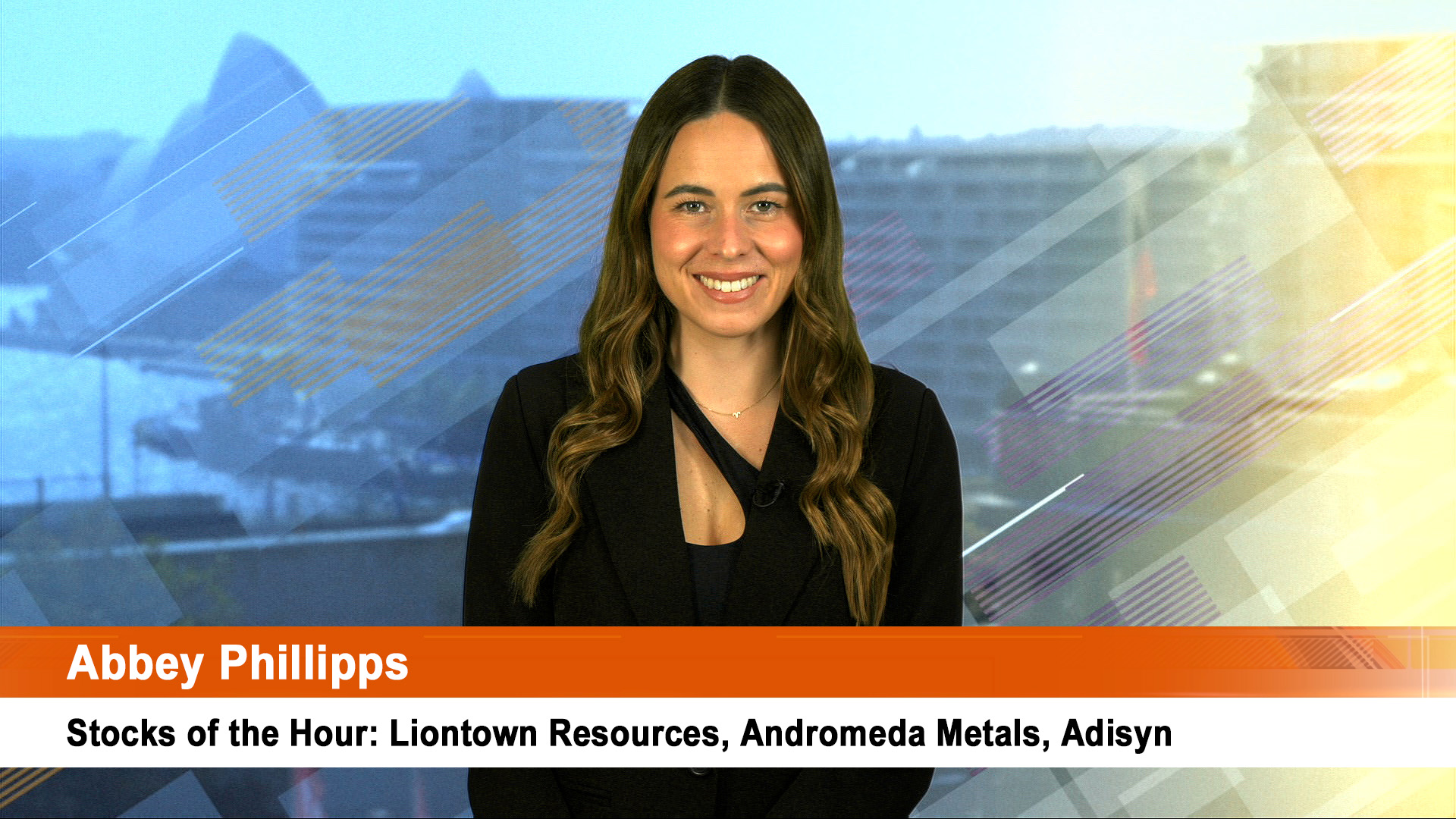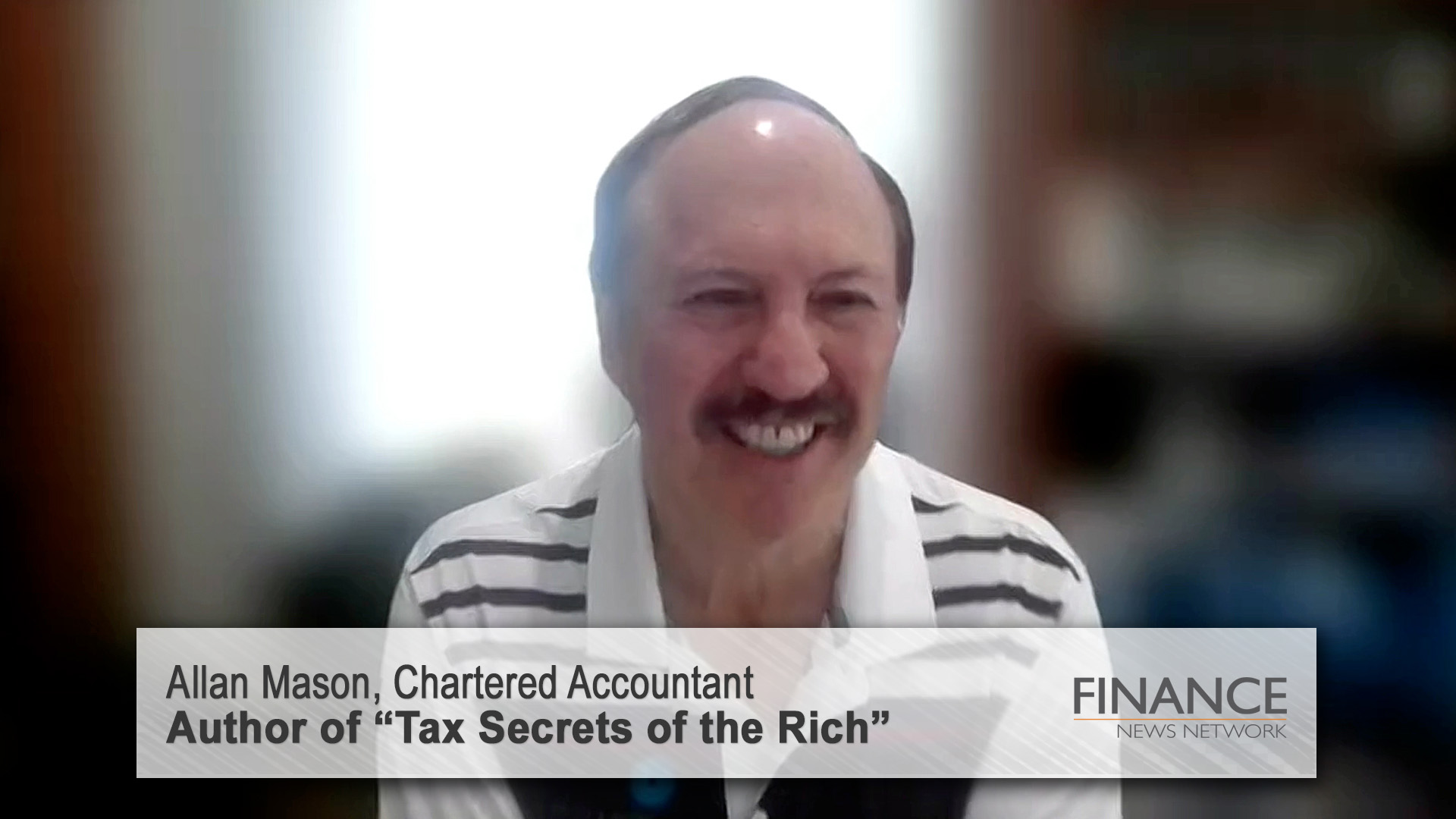Oil prices rose overnight Tuesday to month highs, lifted by growing suggestions that OPEC will reach an agreement to extend its production cap for as long as nine months.
The positives from that proposal outweighed the negatives from news that President Donald Trump’s budget plan to sell up to half America’s Strategic Petroleum Reserve.
June West Texas Intermediate futures crude rose 34 cents, or 0.7%, to settle at $US51.47 a barrel in New York, but late dipped back under the $US51 level in electronic trading.
Brent crude recovered from earlier losses and added 28 cents, or 0.5%, to $US54.15 a barrel. Prices for both contracts ended at their highest levels in more than a month.
Opec ministers hope a nine month extension of the cap will be enough to end a three year old oil glut.
Ministers from Algeria and Ecuador both indicated overnight Tuesday that a nine month extension, which has been proposed by both Saudi Arabia and non-Opec partner Russia, is the most likely outcome of Thursday night’s meeting in Vienna.
After leaving a meeting with the Saudis Algerian oil minister Noureddine Boutarfa said global producers were focusing on a nine month extension. But he raised the possibility of a longer duration. “At this moment it is nine months…But tomorrow perhaps we have another position,” he said. “We have many options [for discussion] not only for 9 months…but also for the whole of next year,” according to Reuters.
And Carlos Perez, Ecuador’s oil minister said; “Both proposals are on the table, both six and nine months, but we will support the majority that we expect will be nine”.
So far, there is no sign the size of the cut would be expanded from the current 1.8 million barrels a day.
Opec sources have indicated the cuts are focused on duration and not on increasing size.
The US Strategic Petroleum Reserve (SPR), the world’s largest, holds about 688 million barrels of crude in underground caverns in Louisiana and Texas.
The US Congress created it in 1975 after the first Arab oil embargo caused fears of long-term spikes in motor fuel prices that would harm the US economy (really voters by making petrol expensive).
But with US production up 49% in the last five years, the imperative to hold a large reserve is no longer as pressing. In fact the reserve has been cut in the past two and a bit years by a handful of sales, the most recent being earlier this year when a total of 16 million barrels were sold under authorisations from former President Obama.
The White House budget proposes to start selling this oil in fiscal 2018, which begins on October 1 this year. Under the proposal, the sales would generate $US500 million in the first year and gradually rise over the following years. A release of half the SPR over 10 years equals about 95,000 barrels per day (bpd), or 1% of current American output.













